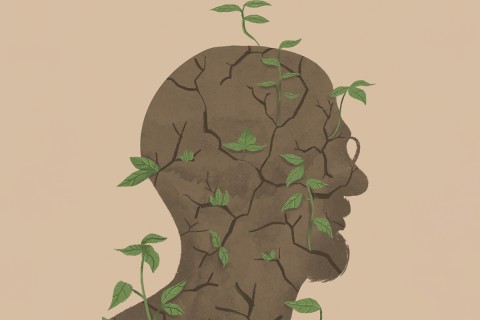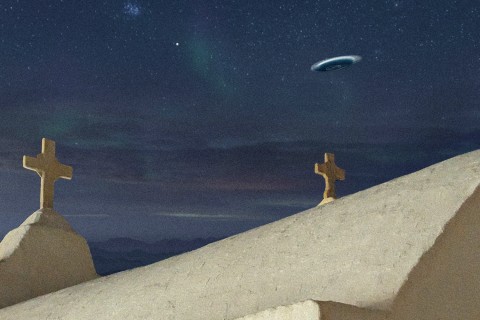The roots of my deconstruction
The cracks in my faith came slow, like when plants grow under concrete.

The first crack that began the deconstruction of my faith came in the Old Testament class I took my freshman year of college. The professor was giving a lecture on Exodus (my favorite book) and the Israelites’ crossing of the Red Sea. “Oh, by the way,” he said in passing, “the Red Sea is probably better interpreted as ‘Sea of Reeds’ and wasn’t really a sea as we imagine it, simply a vast marsh that perhaps dried miraculously with a strong wind.”
I sat in class with my ears ringing. I could feel the splintering. So much of who I believed God to be rested on that passage, on that miracle. The only thing I could do was push back. Clearly this man isn’t Christian. This school isn’t even Christian. I dropped the class. The answer was clear. I had to transfer to a real Christian college. In truth, it was also the homesickness and the grief of losing my father the year before. If God was going to hold all these pieces together, I thought, then I’d need to protect him.
The next crack came my sophomore year, when I met an amazing woman—and told her that women can’t be pastors (her mom was a pastor) and that speaking in tongues isn’t real (she was Pentecostal). But she was harder to accuse and impossible to leave. Her stories of her mother and her prayer life seeped into my readings of Acts and Ruth and Paul. The women’s names seemed to press off the page and become texture under my fingers, their presence a current in the whole arc of God’s movement in the world.





